During the time that the country was divided and embroiled in a bitter, tragic war 150 years ago, Lafayette was also divided and on the verge of having to close.
To open the special Reunion session held Friday, Diane Windham Shaw, College archivist, told the fascinating story of the College’s struggle, outlined the students, alumni, and others who fought in or were connected to the war, and set the stage for a discussion of Edwin A. Coddington’s classic book, The Gettysburg Campaign: A Study in Command.
Coddington was professor of history from 1946 to 1967. More than 15 of his students were on hand for the event, some of whom spoke during the session “Remembering Professor Ed Coddington” led by Forrest “Lou” Schaffer ’55. In addition, 13 members of Coddington’s family attended, including his daughter, Elizabeth Coddington Townsend, and grandson, Jonathan Wilson, who also participated in the discussion.
The keynote lecture and luncheon were sponsored by Allan Johnson Jr. ’59 in honor of his great-great-grandfather, Horace Buss, who died on the battlefield at Gettysburg.
During the time of the war, Shaw explained, enrollment was very low. The four existing faculty members gave up their salaries for the duration. William Cassidy Cattell, president from 1863 to 1883, was tasked with raising $30,000 to get the College out of debt. He raised $10,000 and then went to anthracite coal entrepreneur Ario Pardee of Hazleton to ask for help. Pardee gave it and essentially saved the College.
At the time Pardee’s son, Ario Pardee Jr., was an officer in the Union Army. He rose to fame during the Battle of Gettysburg, where he led the defense of a portion of Culp’s Hill. A monument on the battlefield commemorates the spot as “Pardee Field.”
David Bishop Skillman, Class of 1913, writes in The Biography of a College, “227 Lafayette men, representing every one of the first 30 classes, served in the Union forces and 20 in the Southern.” Alumni Memorial Plaza includes the names of 21 Lafayette men who lost their lives in the Civil War.
Henry Thomas Lee, Class of 1860, major, 4th New York Artillery, gathered information about those who had died and presented it at the 1866 Commencement. One of his descendants is Caroline W. Lee, assistant professor of anthropology and sociology.
A description of the strategies and circumstances at the Battle of Gettysburg was given by Civil War historian James M. McPherson, who won the Pulitzer for his most famous work, Battle Cry of Freedom. His talk was followed by a lively question-and-answer session with an audience well informed about this historical battle.
Shaw quoted from Lee’s commencement address:
“A new era is upon us. A mighty convulsion, stupendous beyond our present comprehension, has swept away in fire and smoke, the cherished creeds and prejudices and institutions of years. Let us thank God and take courage that, amid the wreck and ruin of the past, the solid structure of our nationality, grander and lovelier than ever before, still rears itself in calm proud strength.”
Read the address
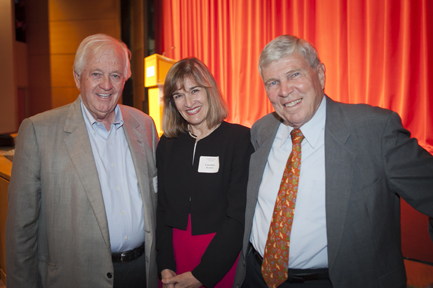
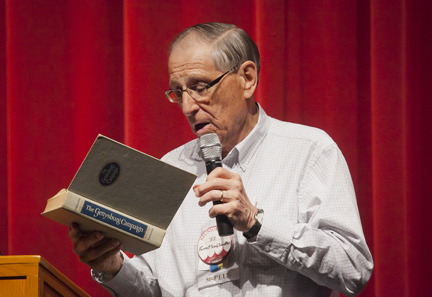
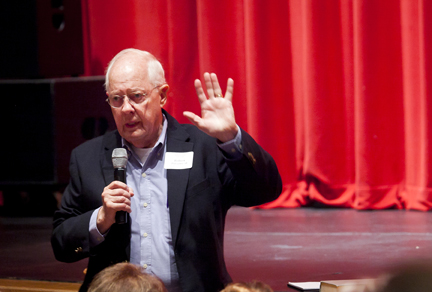
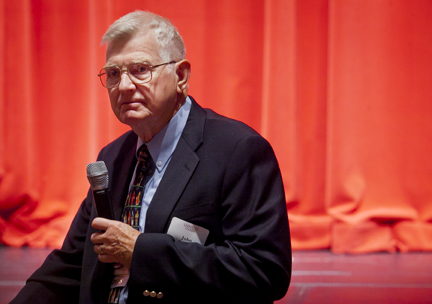
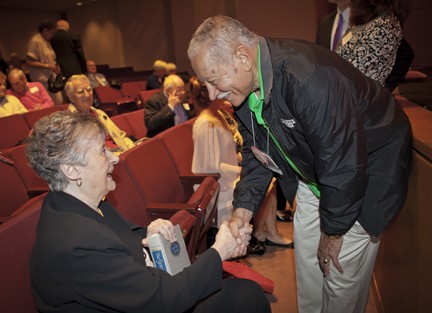



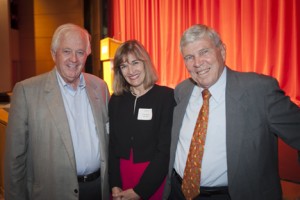
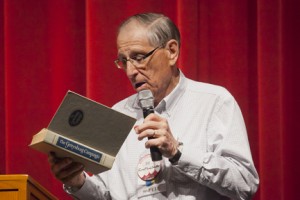
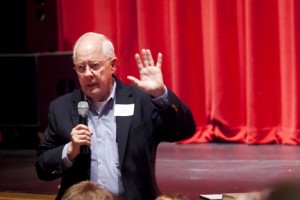
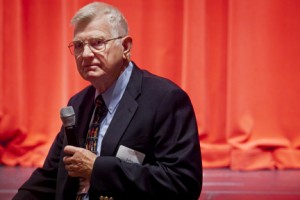
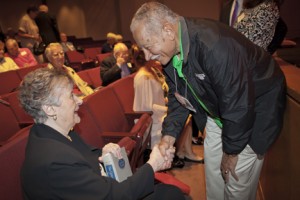
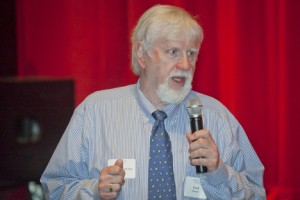
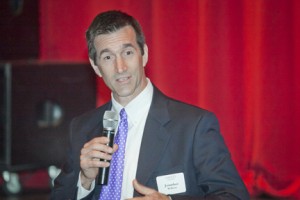
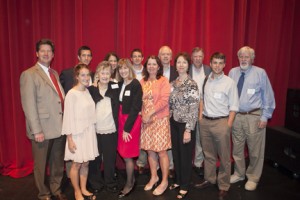
2 Comments
Remember how Dr Coddington delighted in planting mini balls on the battlefield and then helped us discover them. Part of the Gettysburg course.
Comments are closed.